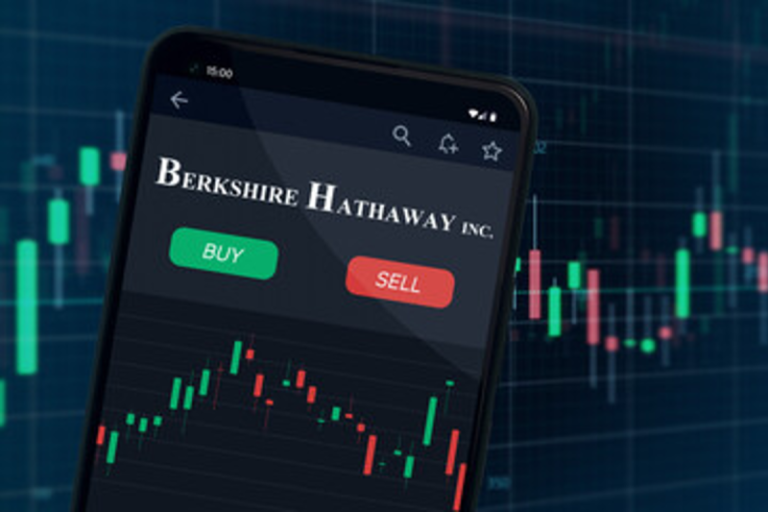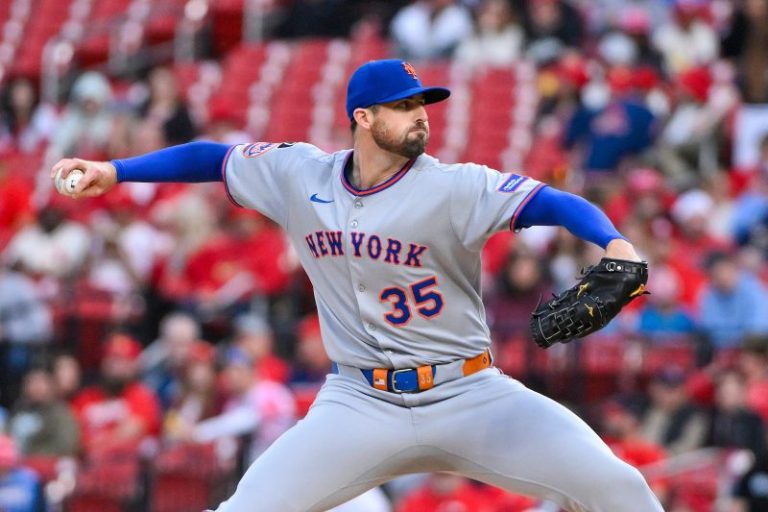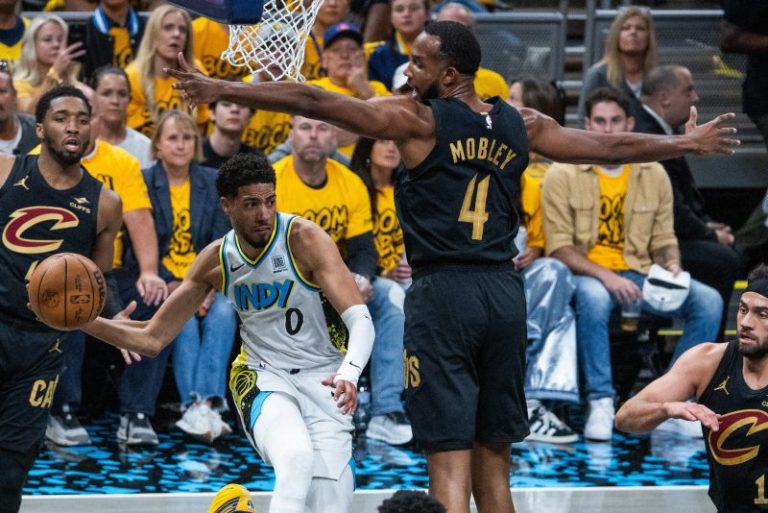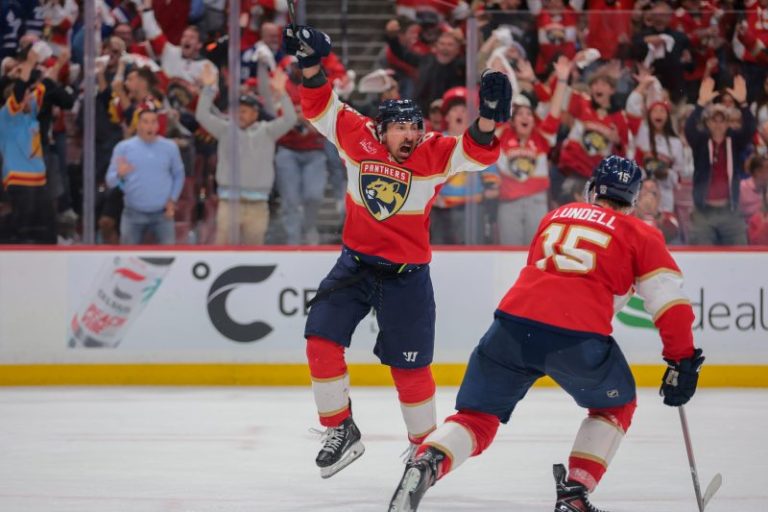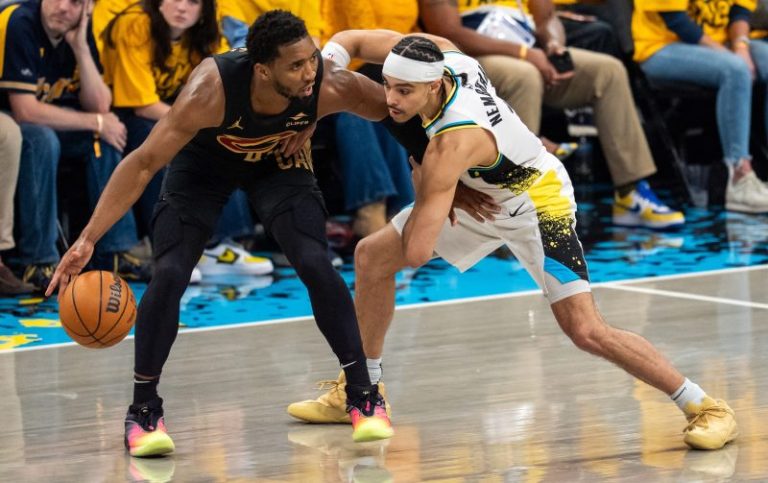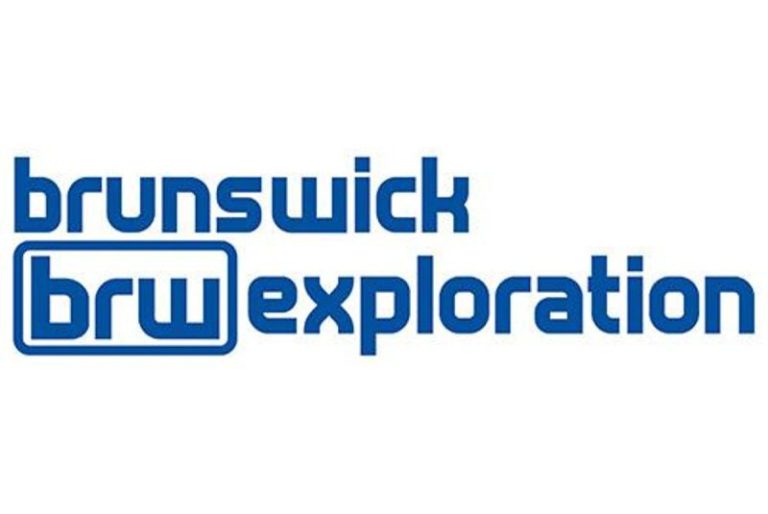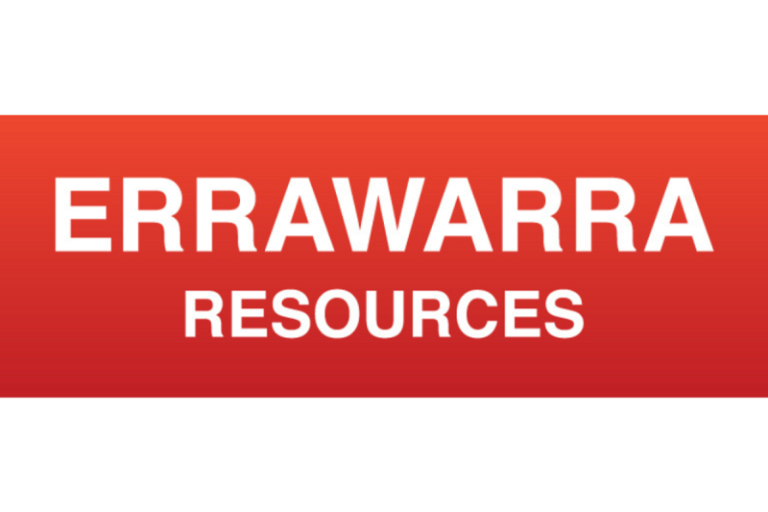Legendary investor Warren Buffett is stepping down as CEO of Berkshire Hathaway (NYSE:BRK.A,NYSE:BRK.B) after six decades at the helm — but he’s still not yet ready to retire.
In a media release on Monday (May 5), Berkshire said that its board of directors unanimously has voted to appoint Greg Abel, vice chairman, non-insurance operations, as president and CEO come January 2026.
Buffett will remain the chairman of the board of directors.
Buffett has held the position of CEO at Berkshire since 1970, with Abel confirmed as his successor in 2021.
What is Buffett’s strategy?
Buffett took control of Berkshire in 1965, back when the company was a struggling textile manufacturer.
In a 2010 letter to shareholders, he recounted his experience in those early days:
‘Berkshire was then only intextiles, where it had in the previous decade lost significant money. The dumbest thing I could have done was topursue ‘opportunities’ to improve and expand the existing textile operation – so for years that’s exactly what Idid. And then, in a final burst of brilliance, I went out and bought another textile company. Aaaaaaargh!Eventually I came to my senses, heading first into insurance and then into other industries.’
Many people have tried to explain Buffett’s success in recent years. One recent Financial Times article titled “How Buffet Did It” notes that his strategy is “more than great stock picks and insurance premiums.”
An older paper called ‘Buffett’s Alpha’ suggests that his exposure to low-risk, cheap and high-quality stocks is key.
“(He) has boosted his returns by using leverage, and that he has stuck to a good strategy for a very long time period, surviving rough periods where others might have been forced into a fire sale or a career shift,” states the paper, which was written by Andrea Frazzini, David Kabiller and Lasse Heje Pedersen.
‘We estimate that Buffett applies a leverage of about 1.7-to-1, boosting both his risk and excess return in that proportion. Thus, his many accomplishments include having the conviction, wherewithal, and skill to operate with leverage and significant risk over a number of decades,’ the authors also note.
Who is Buffett’s successor?
Abel has been with Berkshire since 2000, when Berkshire bought MidAmerican, an energy company he had been running. He joined the board as vice chairman, non-insurance operations, in 2018.
MidAmerican was renamed Berkshire Hathaway Energy (BHE), with Abel serving as its chief executive officer from 2008 to 2018. He remains the company’s chair as of writing. At both MidAmerican and Berkshire, Abel was mentored by David Sokol, who seemed a likely successor to Warren Buffett until he resigned from Berkshire in 2011.
Abel was named vice chairman in 2018 along with Ajit Jain. In a 2014 letter to shareholders, Buffett’s longtime right-hand man, Charlie Munger, who passed away in 2023, wrote about the two as potential successors.
‘Ajit Jain and Greg Abel are proven performers who would probably be under-described as ‘world-class.’ ‘World-leading’ would be the description I would choose,’ said Munger.
‘In some important ways, each is a better business executive than Buffett.’
Buffett has also spoken highly of Abel, saying in 2023, ‘Greg understands capital allocation as well as I do. That’s lucky for us. He will make those decisions, I think, very much in the same framework as I would make them. We have laid out that framework now for 30 years.’
Berkshire’s path forward under Abel
Buffett’s words indicate that he sees Berkshire and Abel following the framework he has laid out.
Of course, there may be some evolution. Morningstar analyst Gregg Warren notes that the ‘groundwork for a successful transition’ at Berkshire has been in place for decades.
He also notes that Buffett and Munger were skilled at acquiring businesses that were a good cultural fit.
“We expect this to continue, believing that Berkshire’s culture of management autonomy and entrepreneurship has become institutionalized,’ Warren explains in a recent article.
‘ However, the new managers will probably work with a slightly different opportunity set, and we believe they will evolve Berkshire from what has historically been a reinvestment machine into one that is more focused on returning capital to shareholders, which is what we would expect of a company of this size with limited investment opportunities.”
Warren also comments that Berkshire currently doesn’t pay a dividend. This principle is because of Buffett’s belief that retained earnings should yield greater value than cash payouts.
Warren said this may change after Abel takes over, underlining that issuing a dividend could help Berkshire retain shareholders who may consider selling once Buffett is no longer at the helm.
Berkshire’s recent activities include diversification of its portfolio via strategic acquisitions and investments.
In January 2025, Forest River Bus & Van, a Berkshire subsidiary, announced its acquisition of L.A. West Coaches to enhance its product portfolio in the luxury transportation market.
“This partnership represents a shared commitment to excellence and innovation,” said Douglas Wright, group general nanager of Forest River Bus & Van. “L.A. West Coaches’ proven expertise and dedication to quality align with our values, and we look forward to collaborating to expand our product range.”
BHE is also currently exploring the production of lithium carbonate and other minerals from its geothermal power plants in California’s Imperial Valley, aligning with the company’s interest in renewable energy and sustainability.
BHE Renewables publicized a joint venture with Occidental Petroleum (NYSE:OXY) in June 2024, saying that this will be useful for the demonstration and deployment of TerraLithium’s direct lithium extraction.
Occidental is the owner of TerraLithium, a company that provides a technology platform for extracting lithium from geothermal and other brines to produce ultra-pure battery-grade lithium hydroxide and lithium carbonate.
Once the demonstration is successful, BHE Renewables plans to build, own and operate commercial lithium production facilities in California’s Imperial Valley. The joint venture also plans to license the technology and develop commercial lithium production facilities outside the Imperial Valley.
Securities Disclosure: I, Gabrielle de la Cruz, hold no direct investment interest in any company mentioned in this article.

